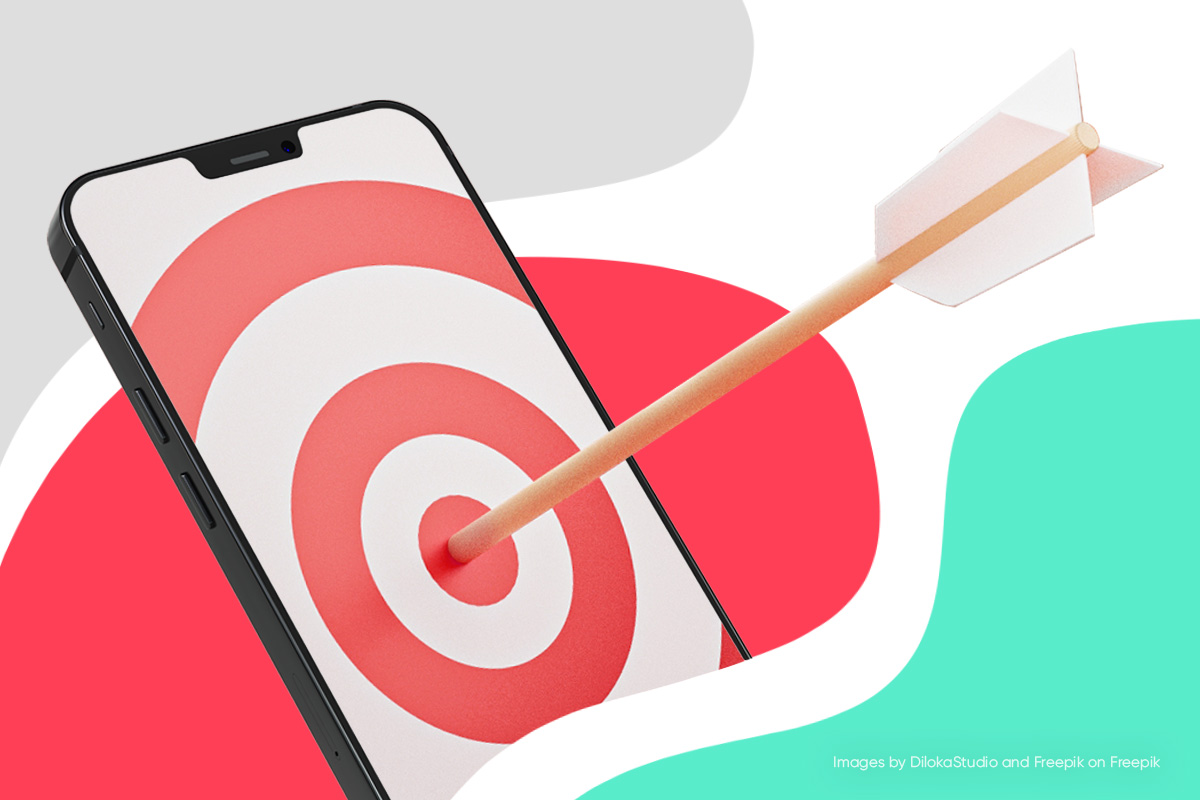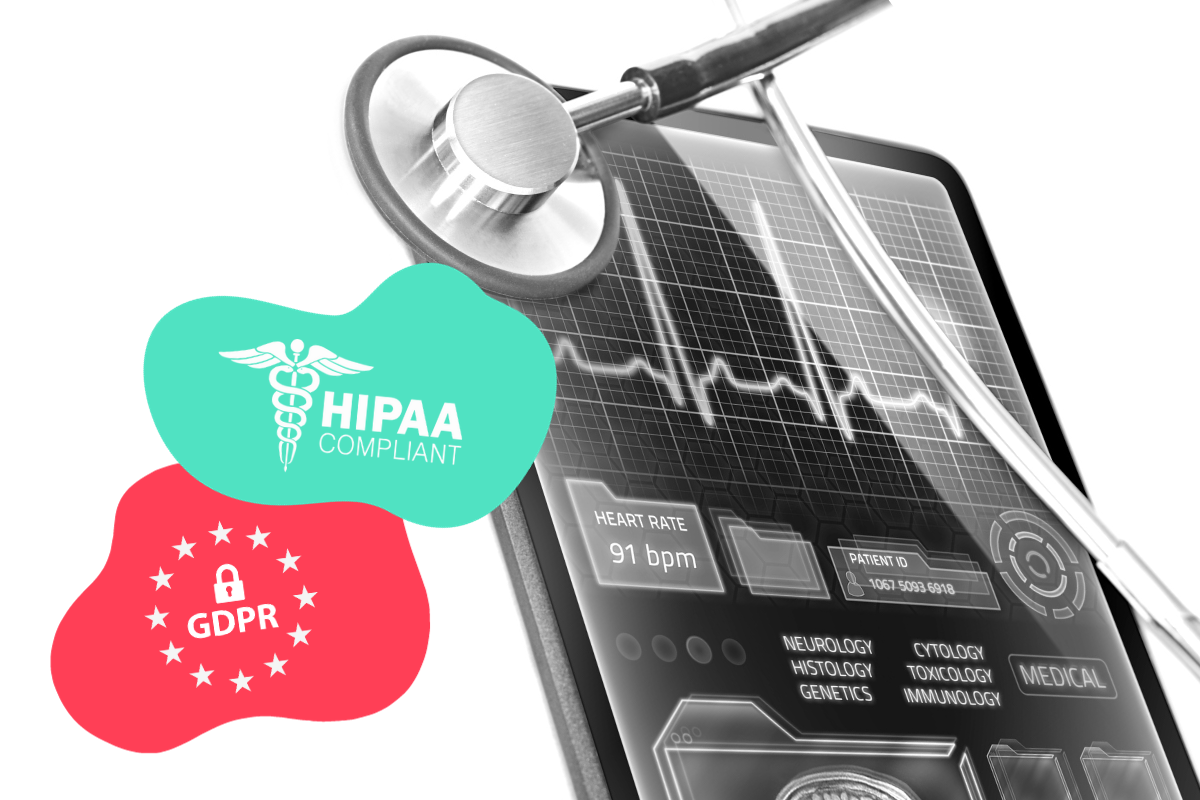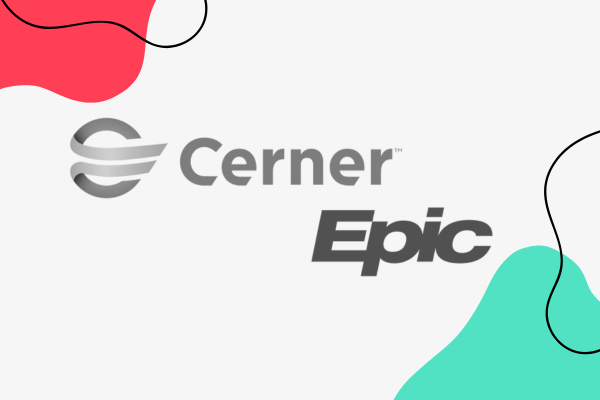The era of goal-oriented apps in healthcare

Introduction
Everyone uses apps, often as part of their daily routine. Whether at work or during leisure time, we turn to apps whenever we seek solutions. This could be organizing work tasks, deciding on a movie to watch tonight, or finding an excellent restaurant nearby.
Given these needs, the trend is shifting towards goal-focused apps rather than multifunctional ones. The current user behavior suggests that if you need to tap on an app, it should immediately guide you to your desired solution.
Put simply, each app icon on a phone represents a unique solution. Nowadays, when users open an app, they typically have a specific problem in mind and expect the app to provide the answer.
Why the shift to goal-oriented apps?
Historically, the core purpose of applications has remained consistent: to offer a suite of solutions to a particular problem. However, a discernible shift has occurred. While in the past, users had the flexibility to explore multiple avenues within an app to reach their goal, today’s trend veers towards a more straightforward approach.
This change is driven by several factors:
- Specialization of services: Subscription-based services that cater to one specific need are becoming the norm. Consequently, services that once addressed multiple needs have now fragmented into distinct categories within the app ecosystem.
- User expectations: Modern users demand a more streamlined experience from both web interfaces and applications. The appetite for complex navigation has diminished, leading to a preference for apps with singular functionalities.
- Platform differences: The nature of desktop and mobile platforms greatly influences app design. Desktop applications, benefiting from expansive display and input capabilities, can afford to be more multifunctional. In contrast, mobile applications tend towards specificity. This is largely because mobile devices cater to one solution per function. For instance, a business offering multiple services might segment these into individual apps for mobile users, ensuring each app is tailored to a specific end-user function. However, on a desktop, the same company might consolidate its services into one overarching application. Though, it’s worth noting that even within desktop platforms, services might be compartmentalized if they are extensive.
This evolution ensures that, depending on the platform’s capabilities, users either have a comprehensive tool at their disposal or a targeted one. The aim is always to enhance convenience and ease of use for the user.
The advantages of goal orientation
1. Service at the forefront
More than ever, we’re leaning towards service-centric apps. The rise of subscription-based solutions emphasizes this trend. For instance, when using a streaming service, the primary objective is to efficiently find what one wishes to watch or listen to. Hence, every additional feature or function must bolster this primary objective, never detracting from it. Achieving this requires a clear and intuitive user journey, ensuring users reach their desired outcome swiftly. With a comprehensible user journey, product owners can swiftly adapt their applications to evolving service demands, keeping their audience abreast of any changes.
2. Clarity in marketing and communication
Applications with a distinct service focus have the advantage of clear messaging. By emphasizing the core service, product owners can lucidly convey the app’s value proposition. Potential users quickly grasp the app’s purpose and understand how it addresses their specific needs.
3. Simplified maintenance
An app dedicated to a particular goal or function streamlines the process of updates and bug fixes. When there’s a narrower function set, troubleshooting and improvements are more direct. This doesn’t imply that goal-oriented apps are any less sophisticated than their multifunctional counterparts. In many scenarios, these targeted apps offer enhanced usability and a clearer user journey. The outcome? A user experience that’s both intuitive and efficient.
Maintaining focus to ensure clarity
With all the inherent advantages of goal-oriented apps, it’s crucial to emphasize the importance of design, be it in development, UI/UX, or product conception. From the outset, the primary goal must serve as the guiding light. Every subsequent decision, be it feature inclusion or user flow design, should revolve around this main objective. The idea is to address a central problem, and every element of the app should amplify this. Any deviation or added complexity not only diminishes the user experience but can also jeopardize the app’s primary purpose.
Embracing focus in the healthcare sector
The benefits of a targeted approach aren’t limited to any one sector; it’s gaining traction across industries. This holds especially true for the healthcare domain. A significant aspect of healthcare is delivering solutions tailored to specific issues. If someone needs an alert service for a health parameter, they should easily find it in their device’s app store without wading through unrelated features.
For instance, if an individual requires an app to track a health metric, they should be able to access and understand it quickly. This is especially crucial when timely monitoring can affect health outcomes. Users shouldn’t have to navigate through an overly complex app when they only require a specific function. Doing so wastes time, and in health-related matters, every moment counts. Simplified, targeted apps ensure users spend more time addressing their health needs and less time grappling with convoluted interfaces.
An example of a healthcare project: the Visilant Eye Tester app (you can find more information in this case study)
Conclusion
In today’s digital landscape, applications are zeroing in on specific challenges, addressing precise needs and concerns. Users actively seek out these niche solutions, fully aware of what problems they can resolve with them. At its core, this approach is rooted in pure logic. Therefore, when developing an application, it’s imperative to anchor its design and functionality in clear objectives, right from the initial planning stages.
Curious about which solutions align best with your project goals? Reach out to us with confidence, and let’s explore the possibilities together.






